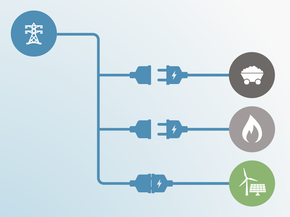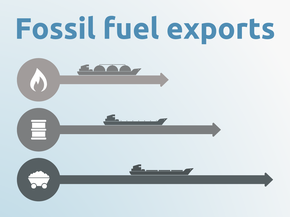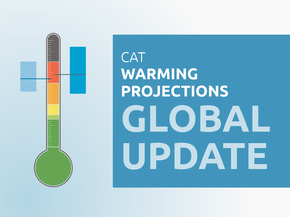Current Policy Projections
Economy-wide
Nepal’s contribution to global GHG emissions is negligible, with only 32 MtCO2e emitted in 2010—less than 0.1% of global emissions. From 1990 to 2010, Nepal’s GHG emissions excluding LULUCF have increased by 2.2% per year on average. With current policies, this emissions growth is projected to slightly increase to 2.2–2.5% per year, on average, in the period 2010–2030, reaching 50–53 MtCO2e in 2030. With this slightly increased growth, per capita emissions will still be very low at around 1.5–1.6 tCO2e per capita by 2030.
Nepal is a least developed country that is highly vulnerable to climate change. Particular vulnerabilities include rapidly melting glaciers, resulting in the danger of glacial lake outbursts and degradation of agricultural land, on which two thirds of the population base their livelihoods (Ministry of Environment, 2011). Therefore, Nepal has focused its climate change action on adaptation. Nepal has developed nine National Adaptation Programmes of Action (NAPAs). These NAPAs focus mainly on the agricultural sector, water resources and disaster risk management (UNFCCC, 2013). For Nepal to be able to implement these NAPAs, replenishment of the Least Developed Countries Fund (LDCF) is needed (UNFCCC, 2014).
In early 2010, Nepal established the Climate Change Management division in the Ministry of Environment. The main policy related to emissions mitigation is the Climate Change Policy 2011, the central goal of which is ‘to improve livelihoods by mitigating and adapting to the adverse effects of climate change, adopting a low-carbon emissions socio-economic development path and supporting and collaborating in the spirits of country’s commitments to national and international agreements related to climate change’ [sic] (Government of Nepal, 2011a).
Energy supply
Energy-related CO2 emissions contributed only 28% to Nepal’s total emissions in 2010, but this share is projected to increase to between 36–40% by 2030. As of 2014, about 85% of the population has access to electricity (World Bank, 2017) and this share is expected to increase to 100% by 2030 (Shrestha & Shakya, 2012). The Nepali energy mix is dominated by hydropower, which in 2015 supplied nearly 100% of the national electricity demand (IEA, 2017). To meet the growing energy demand, the Government has ten and twenty-year hydropower development plans in place, which aim to install 10 GW of hydropower by 2020, and 25 GW by 2030, respectively (Government of Nepal, 2011b).
Agriculture
The majority of emissions in Nepal are non-CO2 GHG emissions from the agriculture sector. Methane and nitrous oxide contributed 67% of total GHG emissions in 2010, arising from rice cultivation, enteric fermentation and agricultural soils (Government of Nepal, 2014).
Forestry
Nepal has a high deforestation rate due to drivers such as illegal harvesting, overgrazing, forest fires, and a high dependency on forests. There is a strong interest in Reducing Emissions from Deforestation and Forest Degradation (REDD+) and a number or REDD+ readiness projects are being implemented. However, some authors have pointed out that the implementation of REDD+ projects is challenging in Nepal, because of weak governance and high opportunity costs for avoided agricultural expansion (Paudel et al., 2013).
In July 2016, the Nepal’s Ministry of Forests and Soil Conservation published its Forestry Sector Strategy (2016-2015), which aims to enhance forest carbon stocks and reduce deforestation (Government of Nepal, 2016c). Concrete goals mentioned for 2025 include an increase in the forest carbon stock by 5% and a reduction of the mean annual deforestation rate from 0.44% and 0.18% to 0.05% in Nepal’s largest forests, Tarai and Chure, respectively. Additionally, the Strategy envisages the operation of a forest carbon trade or payment mechanism, which could facilitate the protection of Nepali forests.
Further analysis
Latest publications
Stay informed
Subscribe to our newsletter







